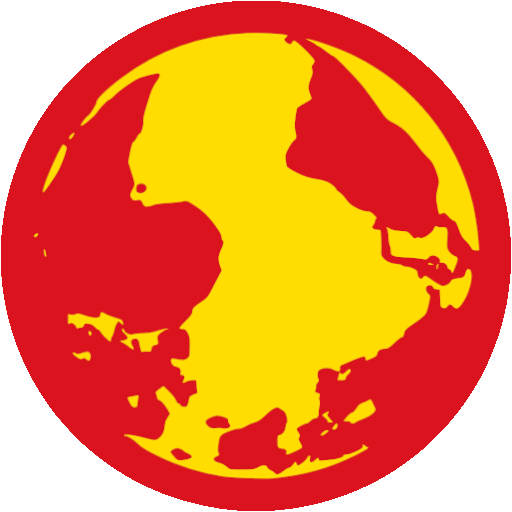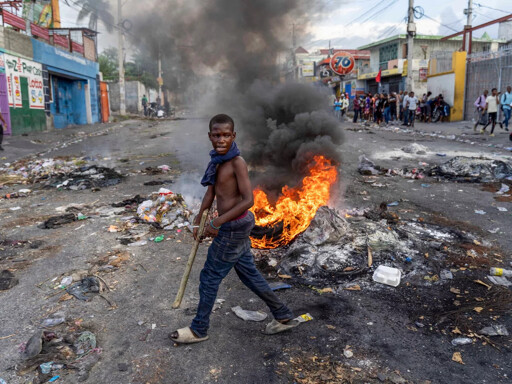“Gangs” — bodies of armed individuals — have been a feature of Haitian politics since the U.S.-backed dictatorial reign of President François “Papa Doc” Duvalier and his son Jean-Claude “Baby Doc” Duvalier. Some gangs were set up by politicians and business owners for their own purposes, others set up by neighborhoods or progressive parties to protect their members and a few by individuals involved in illegal activity.
Almost all of the weapons these groups, also known as “paramilitaries,” use came from Florida — there is no arms industry in Haiti. The ones that politicians and businesses set up often have had better weapons than the cops, who are often hard to distinguish from illegal armed groups. (Haiti-Liberté, Nov. 14)
The National Movement for Liberty and Equality of Haitians for Fraternity (Mouvement National pour la Liberté et L’égalité des Haïtiens pour la Fraternité, MOLEGHAF) charges, “The Haitian elite uses paramilitaries to crush popular Haitian resistance” to keep Haiti under occupation. (blackagendareport.com, Oct. 23)
After MINUSTAH, the United Nations Stabilization Mission in Haiti, ended in 2017, the United States cobbled together the Multinational Security Support (MSS) mission to Haiti, which has been a complete, utter failure in improving conditions in Haiti.
It received the blessing of the United Nations but not its endorsement, which made it difficult to come up with its budget, which the U.S. didn’t want to fund completely. The U.S. finally managed to get Kenya to provide soldiers and leadership, but Kenya has sent less than 400 soldiers of the 1,000 its government promised. Their presence has done nothing to alleviate hunger.
The United States wants to convert the MSS into MINUSTAH 2, but there is a real reluctance inside Haiti to go through another U.S. occupation under the guise of a U.N. mission. China and Russia are also likely to oppose this operation.



With Haiti falling apart, what is the best option for rebuilding the government?